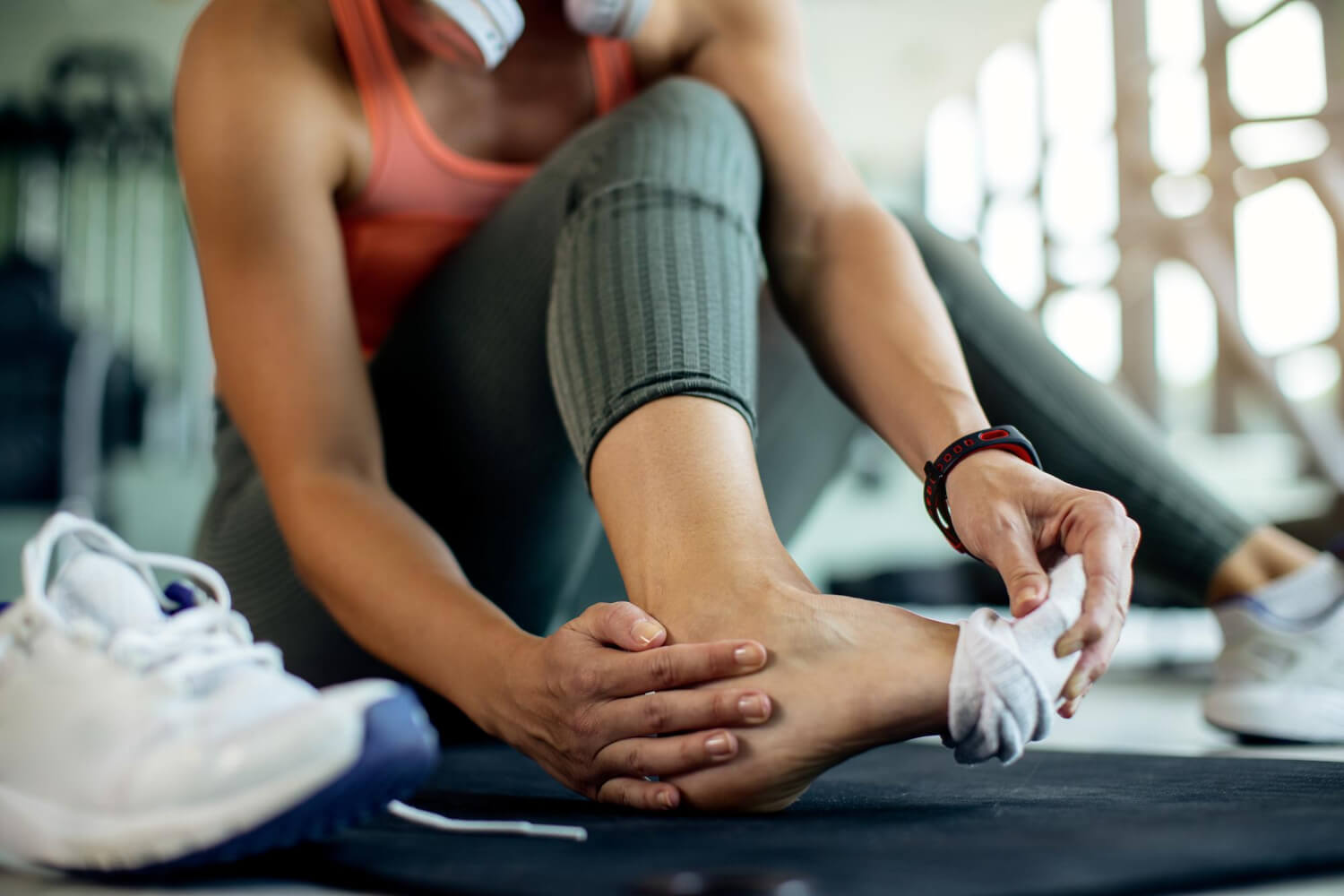Introduction
Anterior cruciate ligament (ACL) injuries are one of the most common knee injuries, especially among athletes involved in sports that require quick changes in direction, such as soccer, basketball, and skiing. These injuries can significantly impact an individual’s mobility and athletic performance. This article aims to provide an overview of ACL ligament injuries, including their causes, symptoms, treatment options, and preventive measures.
Causes
ACL injuries typically occur due to a sudden change in direction, pivoting, or landing awkwardly after a jump. Some common causes include:
- Non-contact injuries: These occur when an athlete suddenly changes direction or decelerates while running or jumping. The ACL can tear if the knee twists or rotates during these movements.
- Contact injuries: These occur when a direct blow or collision affects the knee joint, causing the ACL to tear. This can happen during sports like football or rugby.
Symptoms
The following symptoms are commonly associated with an ACL ligament injury:
- A “popping” sound at the time of injury.
- Immediate pain and swelling in the knee joint.
- Limited range of motion and difficulty walking or bearing weight on the affected leg.
- Instability or a feeling of the knee “giving way” during activities.
Treatment for ACL ligament injury
The treatment for ACL ligament injuries can vary based on the severity of the injury and the individual’s activity level. Here are the common approaches:
- Non-surgical treatment: For individuals with a partial ACL tear or those who are less physically active, nonsurgical treatment may be recommended. It typically involves physical therapy to strengthen the surrounding muscles and restore knee stability.
- Surgical treatment: Athletes and individuals with a complete ACL tear or those who desire to return to high-demand activities often opt for surgical reconstruction. This procedure involves replacing the torn ligament with a graft, usually taken from the patient’s hamstring or patellar tendon.
Post-treatment Rehabilitation
Rehabilitation is a crucial aspect of ACL injury recovery, regardless of whether surgery is performed. The rehabilitation process typically involves a combination of physical therapy exercises, strengthening exercises, and balance training. The goal is to restore knee function, regain strength and flexibility, and improve stability.
Conclusion
ACL ligament injuries can have a significant impact on an individual’s physical activity and overall quality of life. Understanding the causes, symptoms, treatment options, and preventive measures can help athletes and individuals reduce the risk of ACL injuries, seek appropriate treatment, and recover effectively.
It is essential to consult with a healthcare professional for an accurate diagnosis and personalized treatment plan in case of an ACL ligament injury.


